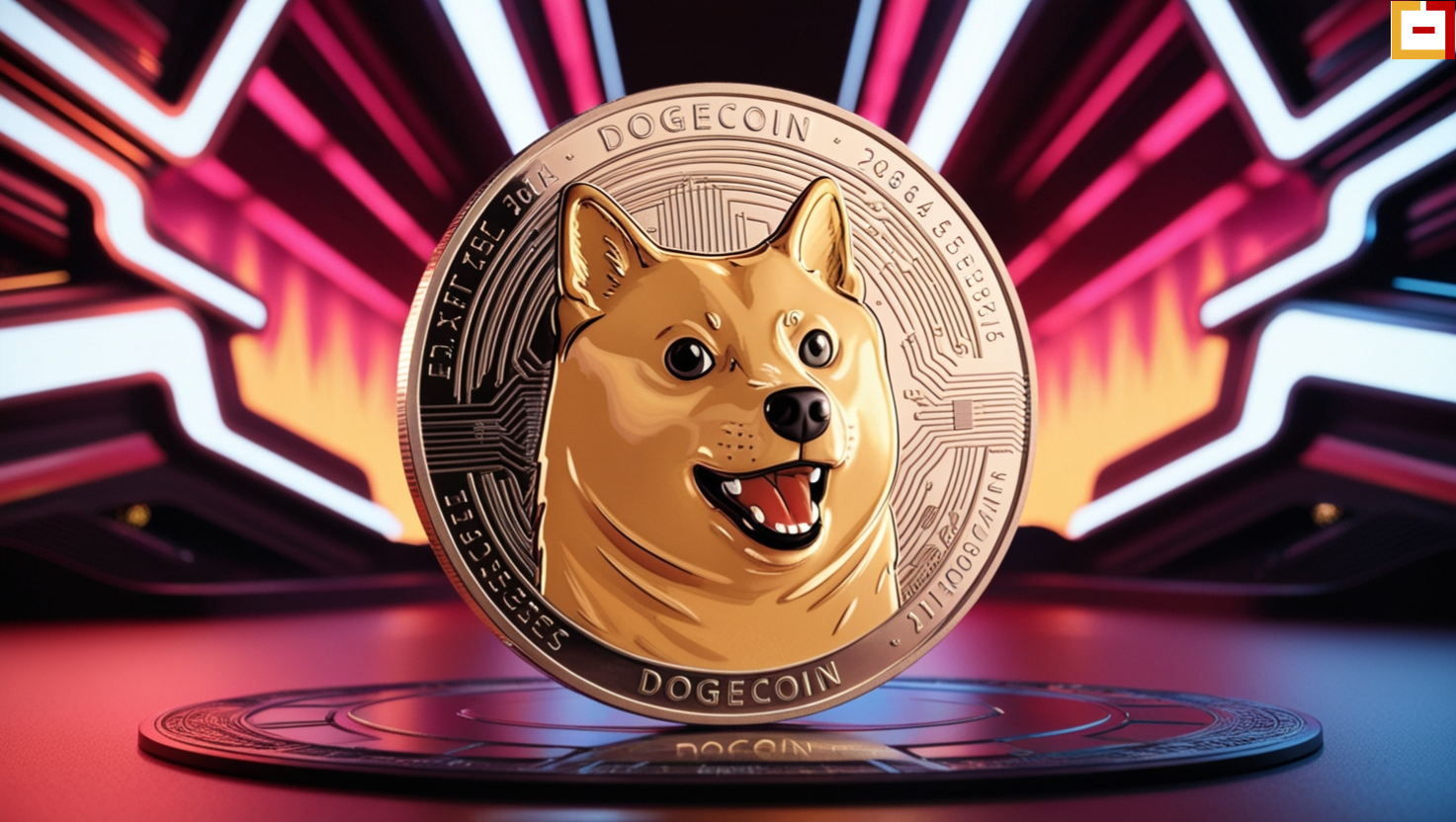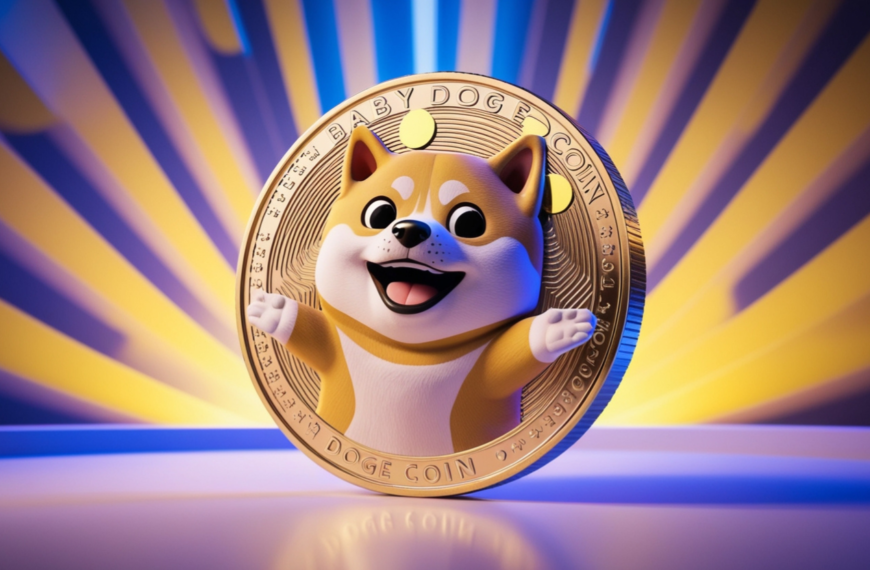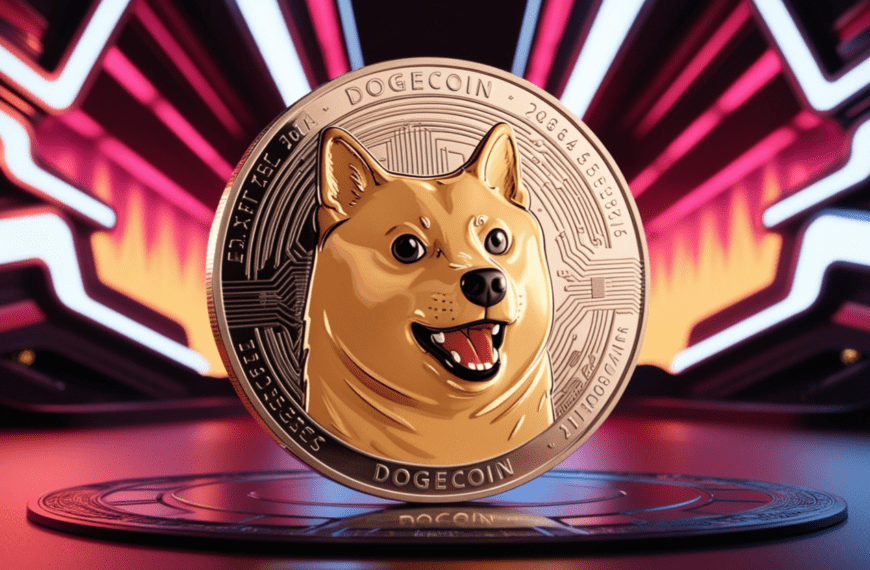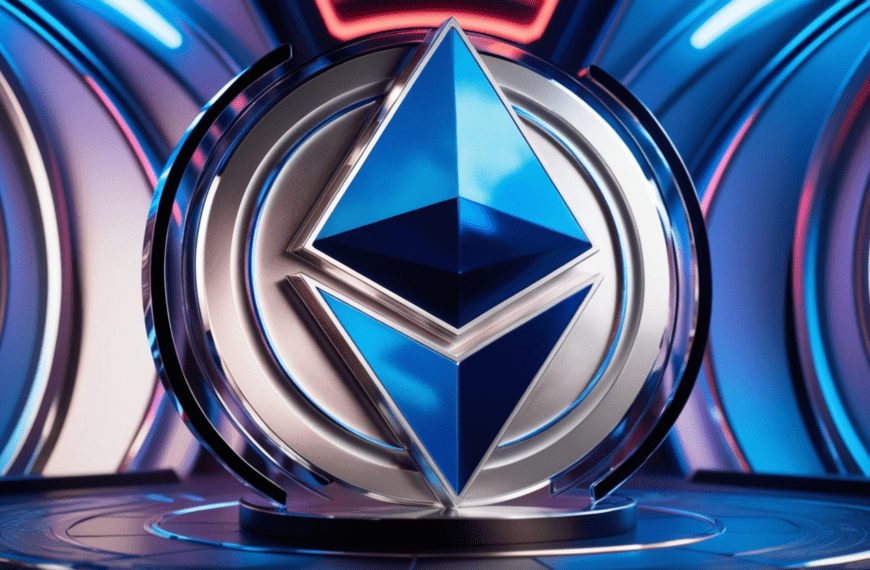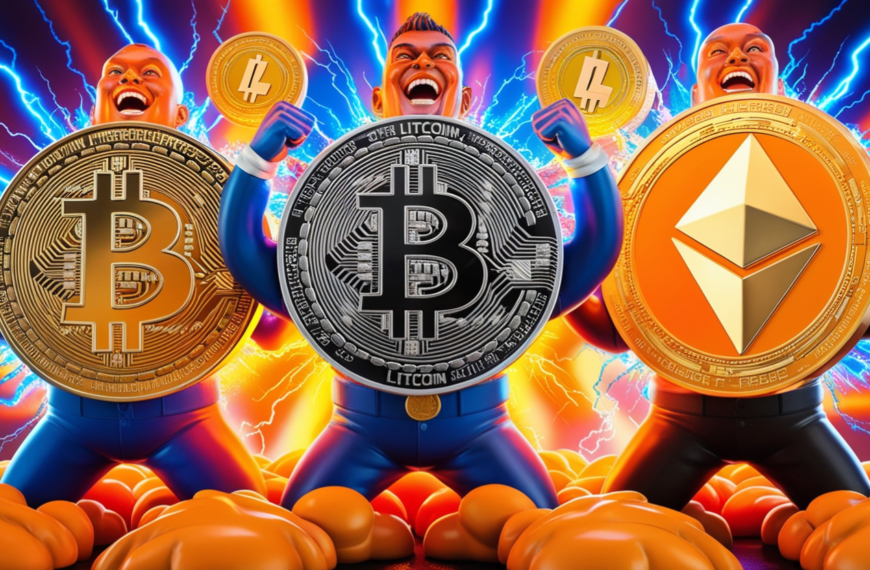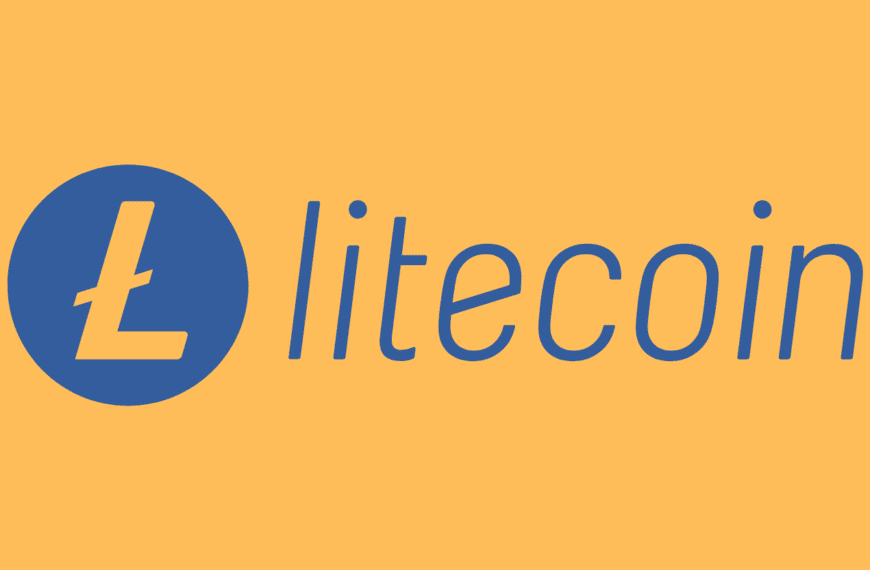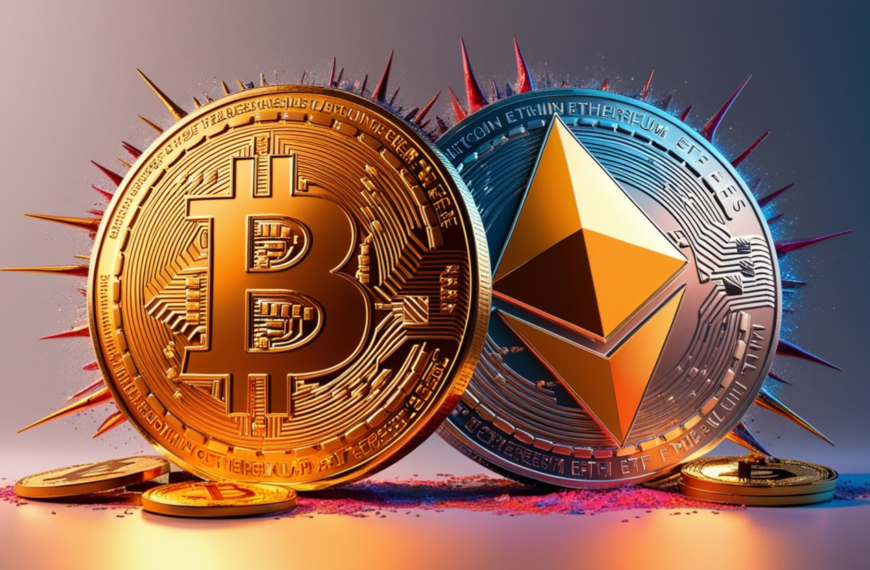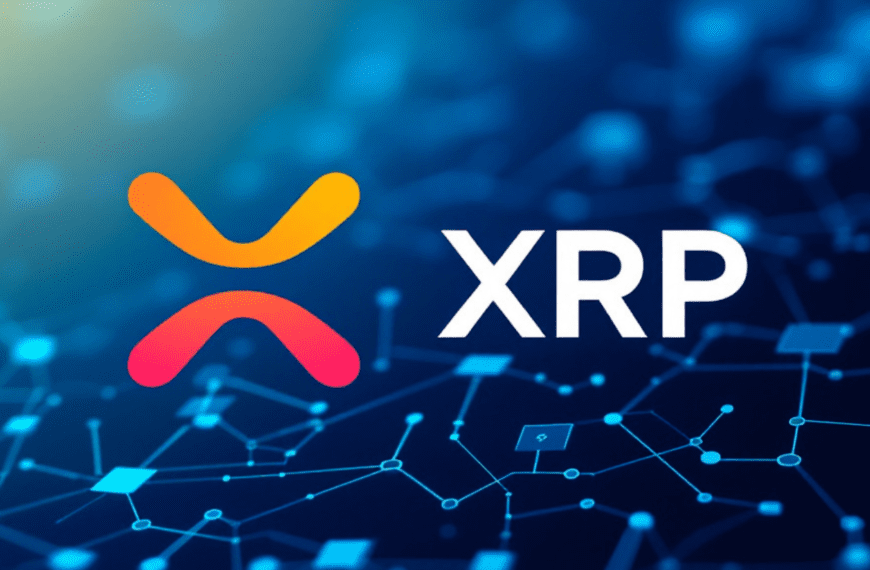In the world of cryptocurrencies, Bitcoin and Ethereum often take the spotlight as the most well-known and valuable coins. However, there is another cryptocurrency that has made a significant mark on the digital currency space, and it’s not as serious or traditional as the rest. This cryptocurrency is called Dogecoin.
Dogecoin started as a joke, but over time, it has gained a large following and has even become a popular meme. Despite its beginnings, Dogecoin has carved out its place in the cryptocurrency market. It is known for its playful image, represented by the Shiba Inu dog from the “Doge” meme, which has become a symbol for the coin. Dogecoin has attracted both fans and investors, with its value seeing significant increases, particularly in recent years.
In this article, we will explore what Dogecoin is, how it works, who the founders are, and why it has become so popular. We will also look at how Dogecoin differs from other cryptocurrencies like Bitcoin and Ethereum, and why it remains an interesting and unique part of the cryptocurrency world.
What is Dogecoin?
Dogecoin (DOGE) is a digital currency or cryptocurrency that was created as a fun and lighthearted alternative to other more serious cryptocurrencies like Bitcoin. It was designed to be an easy-to-use and accessible digital currency, ideal for tipping, online transactions, and small payments. Dogecoin is based on a peer-to-peer technology, meaning that it operates on a decentralized network where no central authority, like a bank or government, controls it.
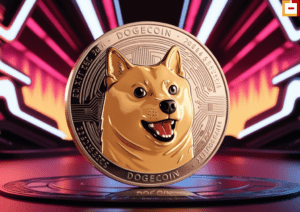
Unlike Bitcoin, which has a capped supply of 21 million coins, Dogecoin has a nearly unlimited supply. This makes Dogecoin inflationary, meaning that the number of Dogecoins in circulation continues to grow over time. While this can affect its long-term value compared to Bitcoin, it also means that Dogecoin is more readily available for small transactions, making it suitable for day-to-day use.
One of Dogecoin’s key features is its low transaction fees. This makes it particularly appealing for users who want to send small amounts of money without worrying about high fees, which can often be a problem with other cryptocurrencies.
Dogecoin is also widely recognized for its community-driven culture. The Dogecoin community is known for its charitable work and support of various causes. Dogecoin has been used to raise funds for charity events, sports sponsorships, and even to help finance sending the Jamaican bobsled team to the Winter Olympics in 2014. The Dogecoin community embraces a fun and inclusive atmosphere, which has helped the coin gain popularity, especially among younger and more casual cryptocurrency users.
How Does Dogecoin Work?
Dogecoin operates on a blockchain, just like Bitcoin and Ethereum. A blockchain is a distributed ledger technology that records all transactions made with the cryptocurrency. It is decentralized, meaning that no single entity controls the blockchain. Instead, many computers (called nodes) around the world work together to maintain the network and validate transactions.
When someone sends Dogecoin to another person, the transaction is verified and added to the blockchain by a process called mining. Mining involves solving complex mathematical problems to validate and confirm transactions. Miners are rewarded with new Dogecoins for their efforts, which is how new coins are introduced into circulation.
Unlike Bitcoin, which uses a consensus mechanism called Proof of Work (PoW) to secure the network, Dogecoin also uses PoW but with a few key differences. Dogecoin’s block time, which is the time it takes to create a new block on the blockchain, is much shorter than Bitcoin’s. Dogecoin blocks are created every 1 minute, compared to Bitcoin’s 10 minutes. This makes Dogecoin transactions faster and more efficient.
Another key difference is Dogecoin’s inflationary supply. As mentioned earlier, Bitcoin has a maximum supply of 21 million coins, but Dogecoin has no maximum supply. This means that new Dogecoins will continue to be mined and added to the circulating supply indefinitely. While this can lead to inflation over time, it also means that there is always a steady stream of Dogecoin available to users.
Dogecoin’s low transaction fees are another factor that makes it attractive. Transaction fees on the Dogecoin network are often much lower than those on Bitcoin and Ethereum. This is particularly helpful when transferring small amounts of cryptocurrency or making frequent transactions.
Why Dogecoin Became Popular
Dogecoin’s rise to popularity has been driven by several factors. Here are some of the main reasons why Dogecoin has become a household name in the cryptocurrency space:
- The Doge Meme: Dogecoin’s mascot is a Shiba Inu dog, made famous by the “Doge” meme. This meme shows the dog with captions in broken English, typically in Comic Sans font, which makes it humorous and relatable. The meme became viral, and the cryptocurrency took advantage of this cultural phenomenon by adopting the Doge dog as its symbol. The meme-based nature of Dogecoin attracted many people who saw it as fun and non-serious compared to other cryptocurrencies.
- Low Fees and Fast Transactions: Dogecoin’s relatively low transaction fees and fast block times made it attractive for users who needed a quick and inexpensive way to send cryptocurrency. Unlike Bitcoin, which can have high transaction fees during periods of heavy network congestion, Dogecoin remains affordable for small transactions.
- Strong Community Support: Dogecoin’s community is one of the strongest and most active in the cryptocurrency world. The community has supported various charitable causes, including donations to clean water projects and sponsorships for sports teams. This sense of camaraderie and charity has helped Dogecoin build a loyal fan base and spread its popularity.
- Celebrity Endorsements: Over the years, several high-profile individuals, including Elon Musk, the CEO of Tesla and SpaceX, have openly supported Dogecoin. Musk’s tweets and comments about Dogecoin have had a significant impact on its price and popularity. His influence has led many to view Dogecoin as a fun and exciting investment, even though its value can be volatile.
- Speculation and Investment: In recent years, Dogecoin has become an attractive asset for investors looking to capitalize on its price movements. Although Dogecoin was initially created as a joke, it has gained value due to increased demand and speculation. Its relatively low price makes it accessible for new investors, who are drawn to the idea of purchasing a large number of coins for a small investment.
How Dogecoin Differs from Bitcoin and Ethereum
Dogecoin is often compared to Bitcoin and Ethereum, as all three are popular cryptocurrencies, but there are several key differences between them:
- Supply and Inflation: Bitcoin has a fixed supply of 21 million coins, which means that once all the coins are mined, no more can be created. This makes Bitcoin deflationary, which many investors see as a store of value. In contrast, Dogecoin has an unlimited supply. New Dogecoins are continually mined, which can result in inflation over time.
- Block Time and Transaction Speed: Bitcoin’s block time is 10 minutes, which means it can take several minutes for a transaction to be confirmed. Ethereum has a block time of around 13-15 seconds. Dogecoin, on the other hand, has a much shorter block time of just 1 minute, making it a faster option for sending transactions.
- Purpose: Bitcoin was created as a digital store of value and a medium of exchange, aiming to replace traditional fiat currencies. Ethereum, on the other hand, is a platform for decentralized applications (dApps) and smart contracts. Dogecoin, however, was initially created as a joke and is primarily used for tipping, small transactions, and fun within the cryptocurrency community.
- Price Volatility: While Bitcoin and Ethereum can also experience volatility, Dogecoin is known for its extreme fluctuations in price. Its price movements are often influenced by social media trends, celebrity endorsements, and internet memes. Bitcoin and Ethereum are typically more stable due to their larger market capitalization and established use cases.
Who is the Founder of Dogecoin?
Dogecoin was created by Billy Markus and Jackson Palmer in December 2013. Both of them were software engineers, and they created Dogecoin as a joke based on the popularity of the “Doge” meme. The intention was to create a fun and lighthearted cryptocurrency that would attract people who were not necessarily interested in more serious digital currencies like Bitcoin.
Billy Markus, who worked at IBM at the time, and Jackson Palmer, who worked at Adobe, both wanted to create a cryptocurrency that was easy to use and had a more humorous approach compared to the more technical nature of Bitcoin. The Dogecoin project was initially released as a fork of Litecoin, meaning that Dogecoin shares much of the same code as Litecoin but with a few modifications.
Also Read: What is USDT? Who is the Founder of USDT?
While the coin was created as a joke, it quickly gained popularity due to its community-driven culture and its appeal as a fun and accessible cryptocurrency. Both Markus and Palmer had hoped that Dogecoin would eventually become a project that was maintained by its community, rather than relying on the original creators.
Over time, both Markus and Palmer distanced themselves from the project. Jackson Palmer, in particular, stepped away from Dogecoin in 2015, citing frustration with the cryptocurrency industry and the pressures of maintaining the Dogecoin brand. Billy Markus also left the project, though he has occasionally made comments about Dogecoin on social media.
Despite the original founders stepping away, Dogecoin’s community has continued to support the coin, and it remains a popular cryptocurrency to this day.
Conclusion
Dogecoin started as a joke but has grown into a widely recognized cryptocurrency with a strong community and an active presence in the digital currency market. It was created by Billy Markus and Jackson Palmer in 2013, and it quickly gained attention due to its playful mascot and low transaction fees. Dogecoin operates on a blockchain and is used for fast and inexpensive transactions, particularly in the cryptocurrency community.
While Dogecoin has faced challenges and has been subject to price volatility, its rise in popularity shows how digital currencies can take unexpected paths. Today, it is one of the most well-known cryptocurrencies in the world.
Disclaimer: The content provided here is for educational purposes only and is intended to raise awareness about cryptocurrency and blockchain technology. It should not be considered as financial or investment advice. Before investing in any cryptocurrency or token, we strongly encourage you to conduct thorough research, understand the associated risks, and make informed decisions (DYOR – Do Your Own Research). For detailed guidance, consult a qualified financial advisor.
